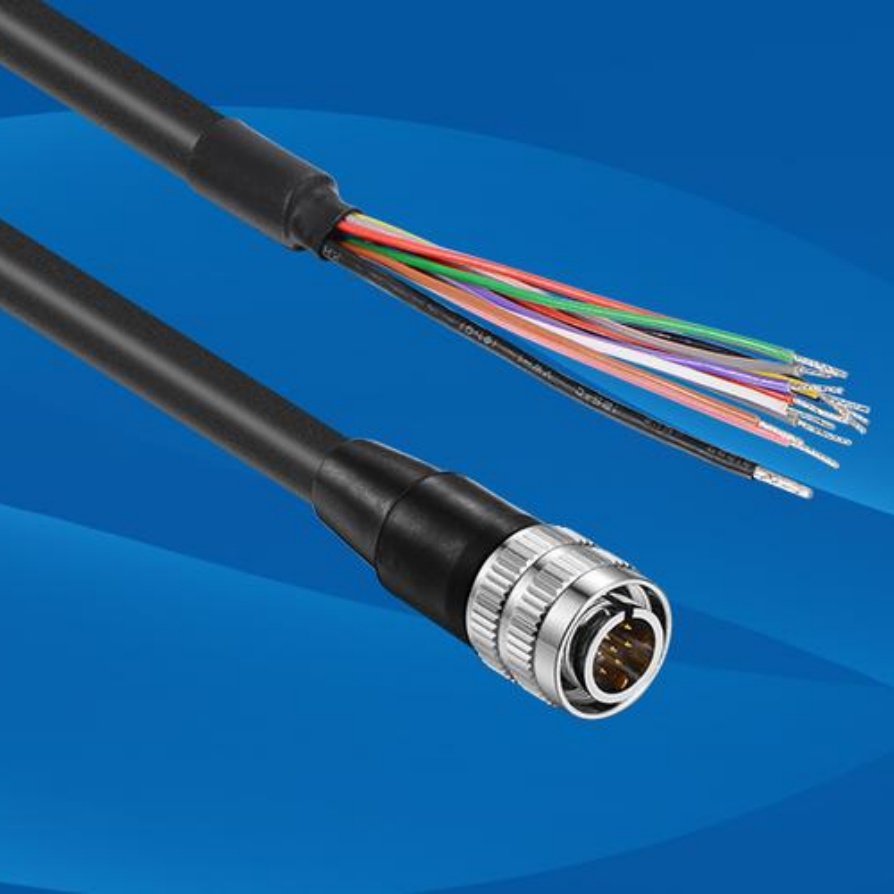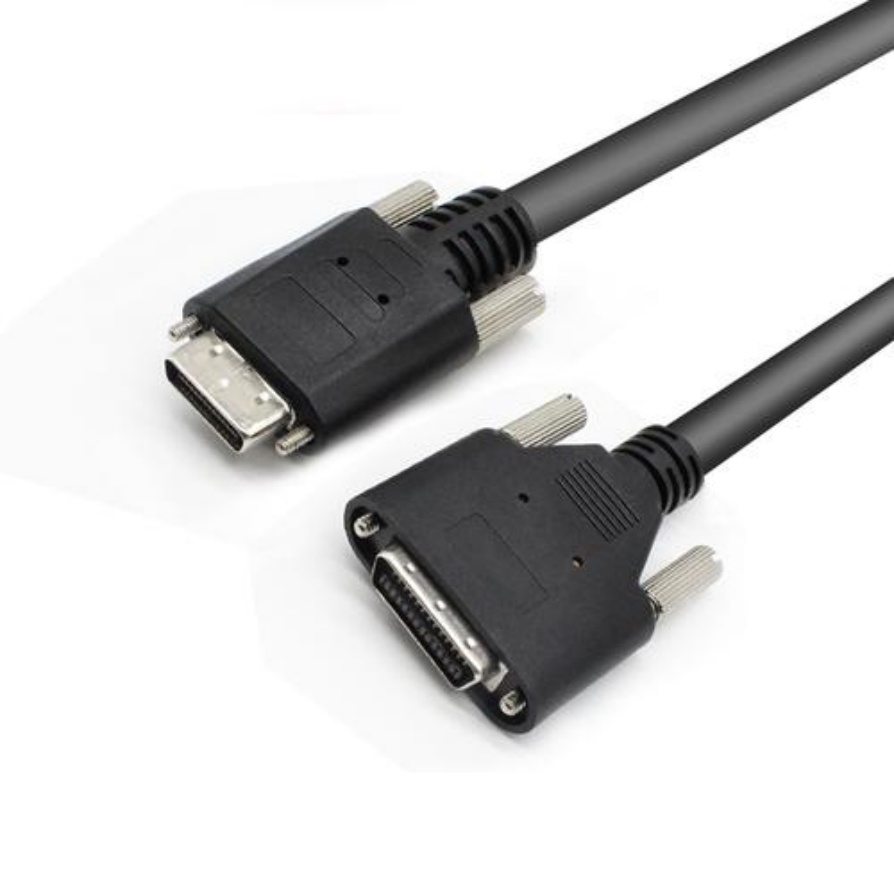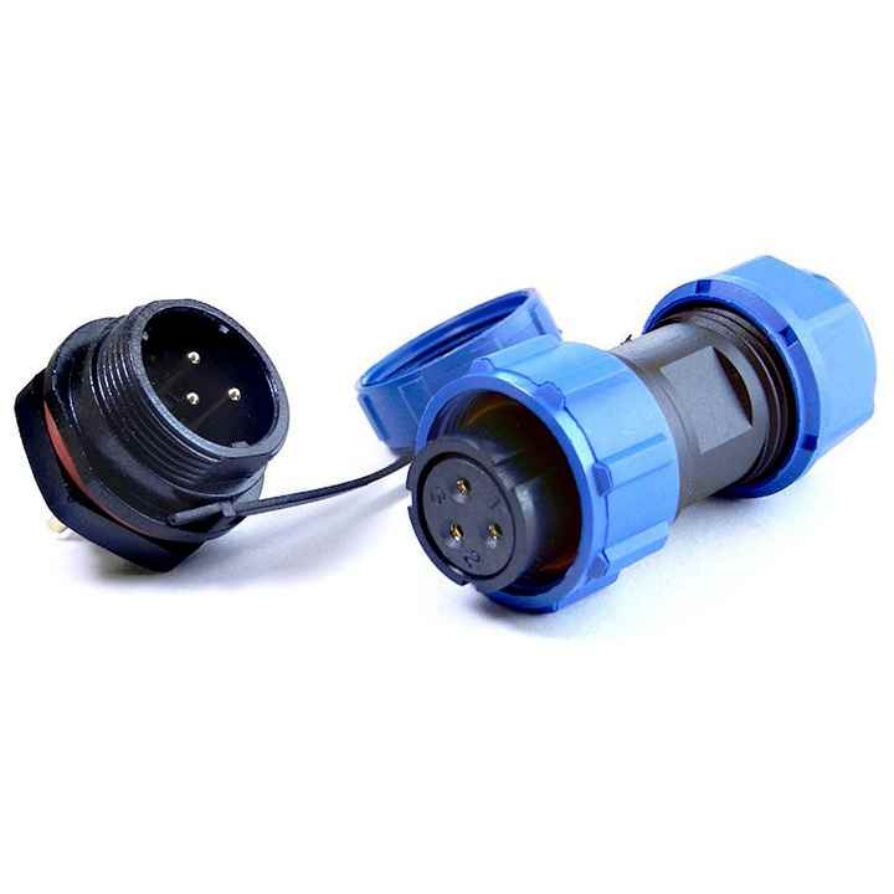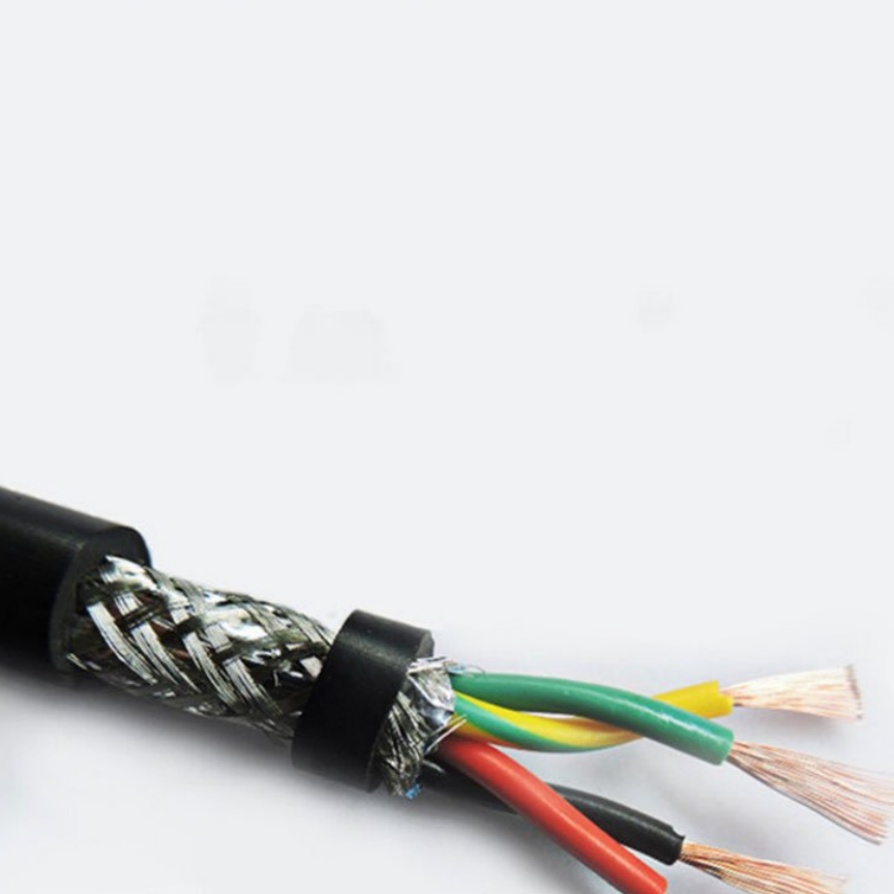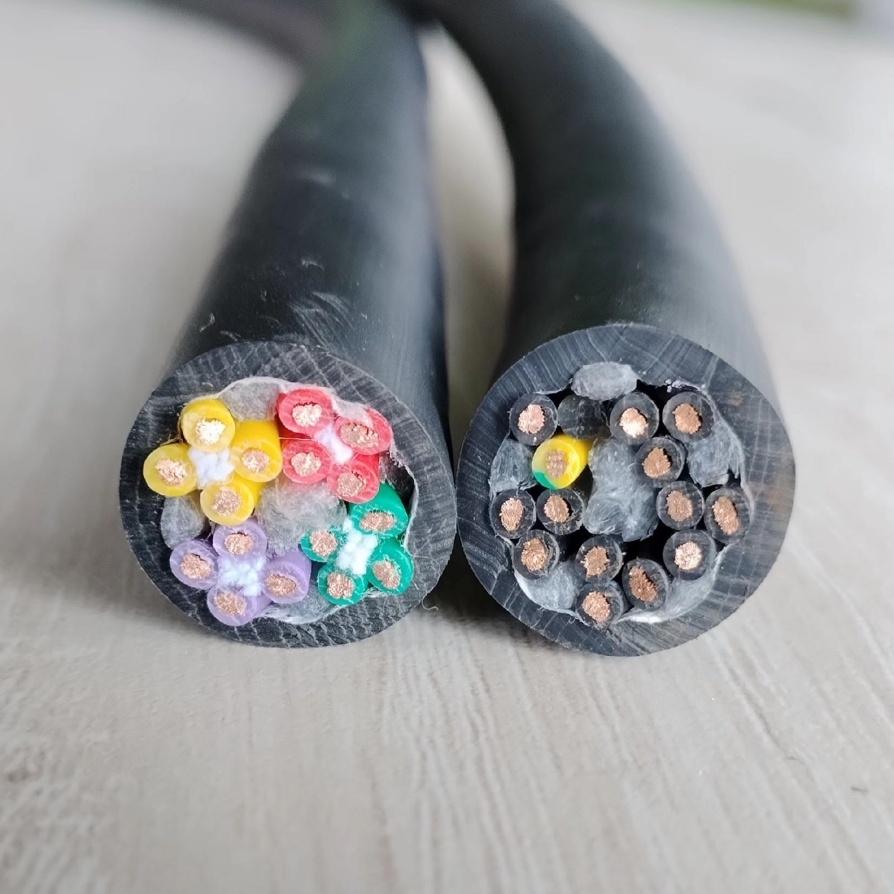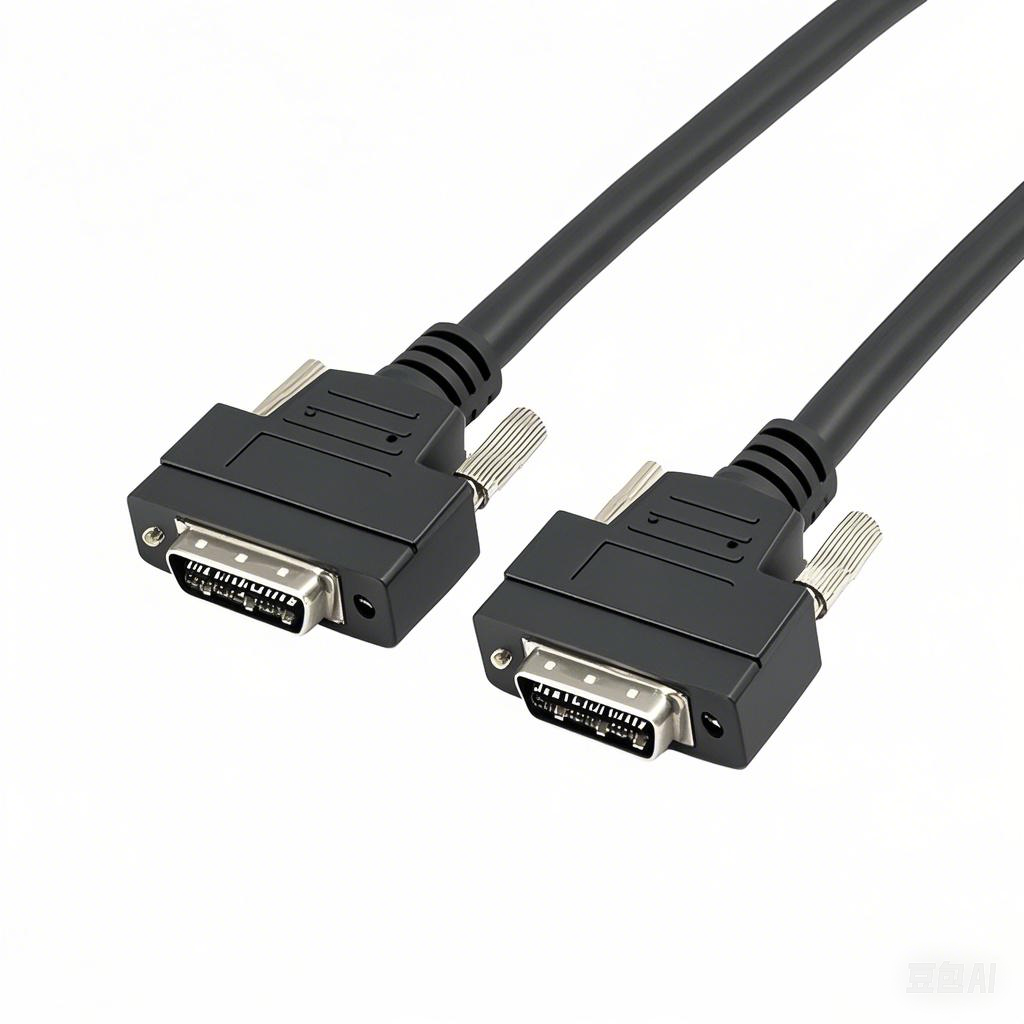How to Maintain Machine Vision Cables Effectively
- Regular Inspection: The First Line of Defense
Routine visual and functional inspections can identify early signs of damage before they escalate:
A. Visual Checks
Connectors: Look for corrosion, bent pins, or cracks in plastic housings (e.g., M12, BNC).
Jackets: Inspect for cuts, abrasions, or swelling caused by chemical exposure.
Strain Relief: Ensure overmolded sections are intact and not pulling away from connectors.
B. Functional Tests
Signal Integrity: Use an oscilloscope or network analyzer to check for noise, jitter, or attenuation spikes.
Continuity Testing: Verify all conductors with a multimeter to detect breaks or short circuits.
Frequency:
Static Installations: Inspect every 3–6 months.
Dynamic Applications (robotic arms): Inspect monthly.
2. Proper Cleaning: Mitigating Environmental Damage
Dust, grease, and moisture can degrade connectors and insulation over time. Follow these cleaning protocols:
Connectors:
Use compressed air to blow out debris.
Clean contacts with isopropyl alcohol (≥90% purity) and lint-free swabs.
Avoid abrasives like wire brushes, which can scratch gold plating.
Cable Jackets:
Wipe with a damp cloth and mild detergent for general dirt.
For oil/grease, use a solvent compatible with the jacket material (e.g., hexane for PUR).
Caution: Always power down the system before cleaning to prevent electrical hazards.
3. Managing Mechanical Stress
Repeated bending, twisting, or stretching is the leading cause of cable failure in dynamic setups:
A. Bend Radius Compliance
Maintain the cable’s minimum bend radius (e.g., 8× diameter for standard cables, 4× for high-flex types).
Use cable carriers (e.g., Igus energy chains) to guide movement and prevent sharp bends.
B. Strain Relief
Secure cables with clamps or velcro straps near connectors to reduce stress.
For robotic arms, use service loops to absorb torsional forces.
Case Study: A 24/7 automotive assembly line reduced cable failures by 60% after installing guided cable carriers and strain relief brackets.
4. Environmental Protection
Harsh conditions like extreme temperatures, chemicals, or EMI require proactive measures:
Temperature Extremes:
Use silicone-jacketed cables (rated -60°C to +200°C) in foundries or freezers.
Avoid sudden temperature changes, which cause jacket cracking.
Chemical Exposure:
Decontaminate cables immediately after contact with acids, oils, or solvents.
Opt for FEP or TPE jackets in washdown areas (IP69K-rated).
EMI/RFI Shielding:
Route cables away from motors, VFDs, or welding equipment.
Use ferrite cores or shielded conduits in high-interference zones.
5. Storage and Handling Best Practices
Improper storage can degrade cables even before installation:
Coiling Technique:
Use the “figure-8” method for long cables to prevent twists.
Avoid tight coils that stress the jacket.
Storage Conditions:
Keep in a dry, temperature-controlled environment (15–25°C).
Store vertically on reels to prevent crushing.
Labeling:
Tag cables with installation dates, lengths, and specifications for easy tracking.
6. Proactive Replacement and Upgrades
Even with meticulous maintenance, cables have finite lifespans:
Lifespan Guidelines:
Standard PVC Cables: 1–2 years in dynamic use.
High-Flex Cables: 5–7 years (e.g., Igus Chainflex).
Upgrade Triggers:
Frequent signal errors despite cleaning/repairs.
Visible jacket hardening or conductor exposure.
Cost-Saving Tip: Replace only damaged segments using splice kits instead of full-length cables.
Preventive Maintenance Checklist
Task Frequency Tools/Materials Needed
Visual Inspection Monthly Flashlight, magnifying glass
Connector Cleaning Quarterly Isopropyl alcohol, swabs
Signal Integrity Test Biannually Oscilloscope, TDR
Strain Relief Adjustment After installation Cable clamps, torque screwdriver
Environmental Audit Annually Thermal camera, EMI meter
Troubleshooting Common Issues
Intermittent Signal Loss:
Cause: Loose connectors or broken conductors.
Fix: Re-terminate connectors and test continuity.
Excessive Noise:
Cause: Poor shielding or EMI sources.
Fix: Install ferrite chokes or reroute cables.
Jacket Cracking:
Cause: UV exposure or temperature cycling.
Fix: Replace with UV-resistant or silicone-jacketed cables.


